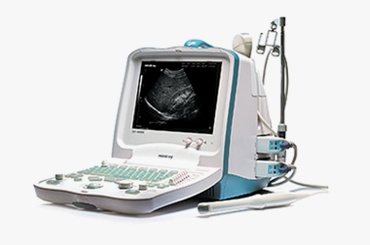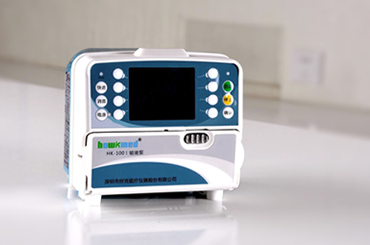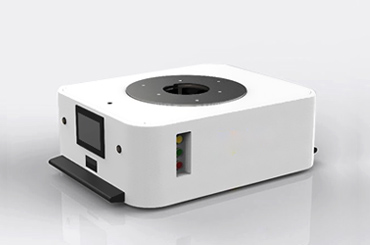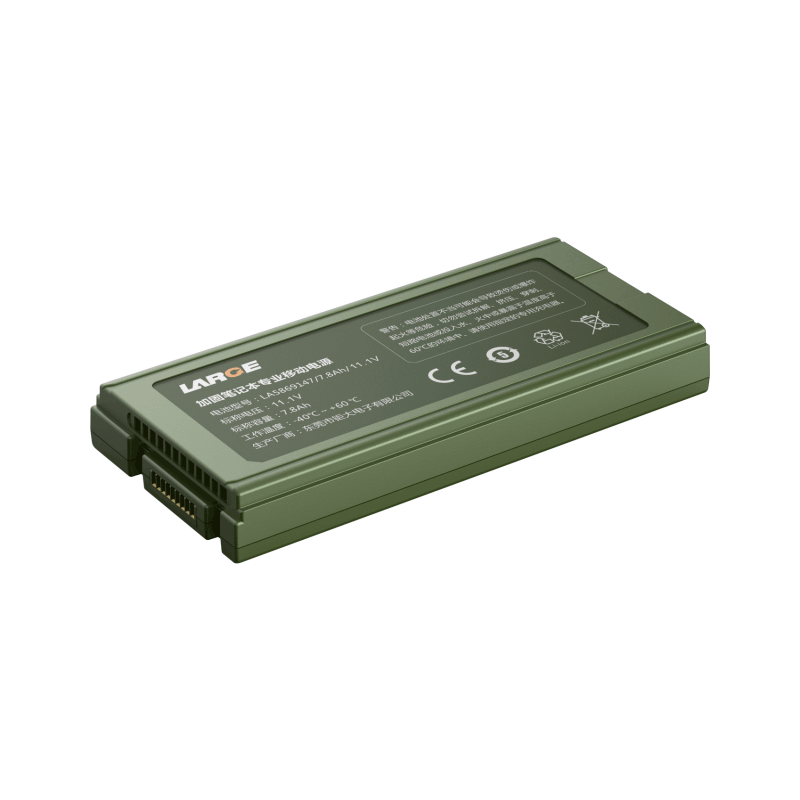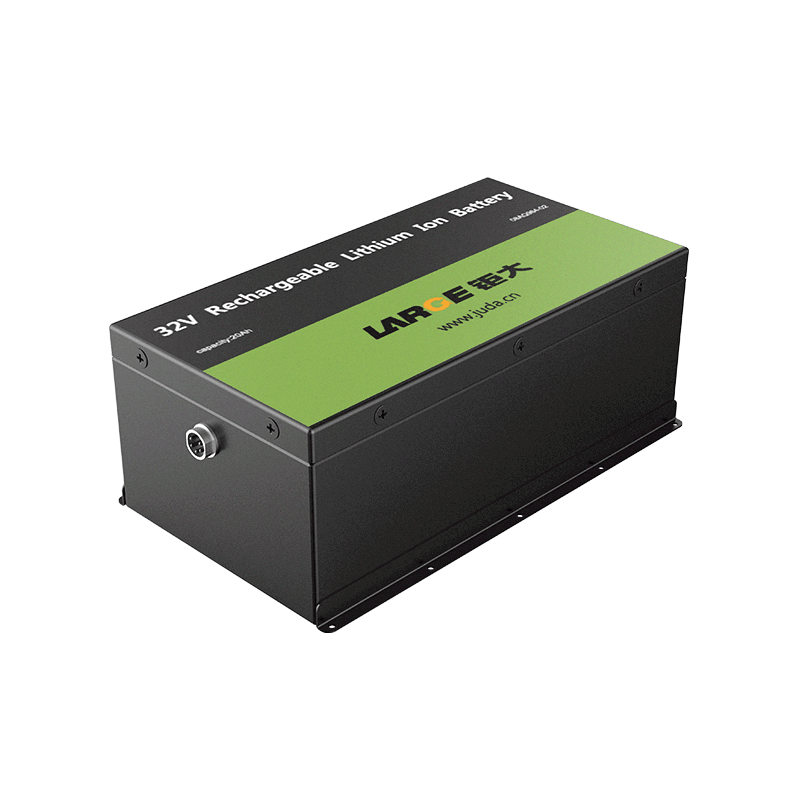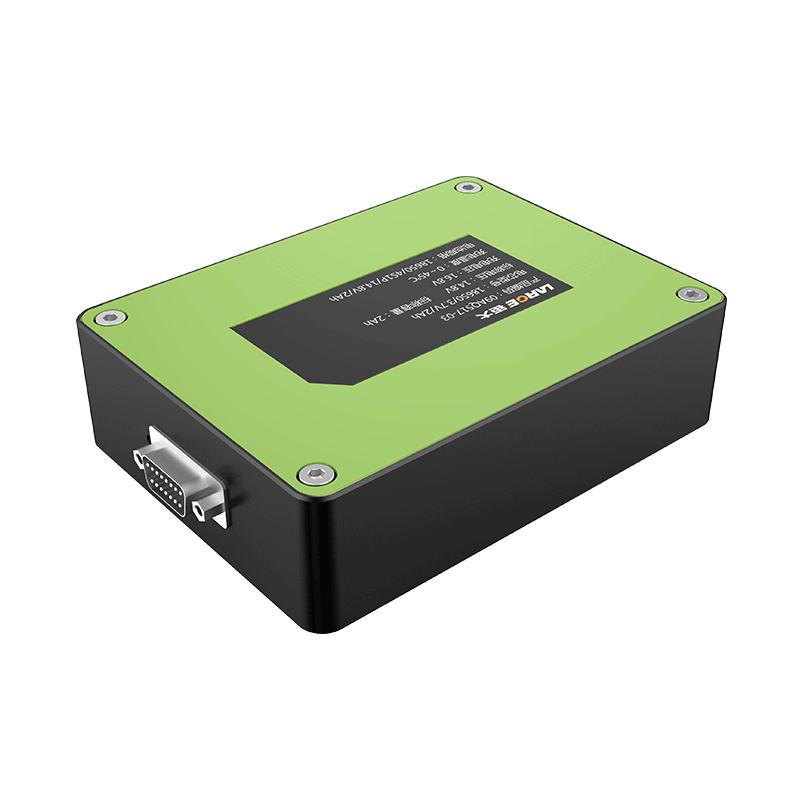-
Key Takeaways
-
Part 1: The Current Landscape of Lithium Battery Technology in 2025+
- 1.1 Market Trends Driving Innovations in Lithium Battery
- 1.2 Challenges in Existing Lithium Battery Solutions
- 1.3 Regulatory and Investment Impacts on Battery Development
-
Part 2: Breakthrough Innovations in Lithium Battery Technology+
- 2.1 Solid-State Batteries: The Future of EV Batteries
- 2.2 Lithium-Sulfur Batteries: High Energy Density for Industrial Applications
- 2.3 Sodium-Ion Batteries: Affordable Solutions for Energy Storage
- 2.4 Silicon Anode Technologies: Enhancing Battery Efficiency
-
Part 3: Sustainability and Eco-Friendly Practices in Lithium Battery Development+
- 3.1 Advanced Recycling Technologies for Lithium Batteries
- 3.2 Second-Life Applications in Robotics and Consumer Electronics
- 3.3 Eco-Friendly Materials and Production for a Sustainable Future
-
Part 4: Industry Impacts of Lithium Battery Innovations+
- 4.1 Transforming Electric Vehicle Technology and Infrastructure
- 4.2 Revolutionizing Renewable Energy Storage Solutions
- 4.3 Supporting Global Sustainability Goals Across Industries
-
FAQ+
- 1. What industries benefit most from lithium battery advancements?
- 2. How do lithium batteries support renewable energy storage?
- 3. Why choose Large Power for custom lithium battery solutions?
Revolutionary Advances in Lithium Battery Technology
May 22, 2025 Pageview:4683
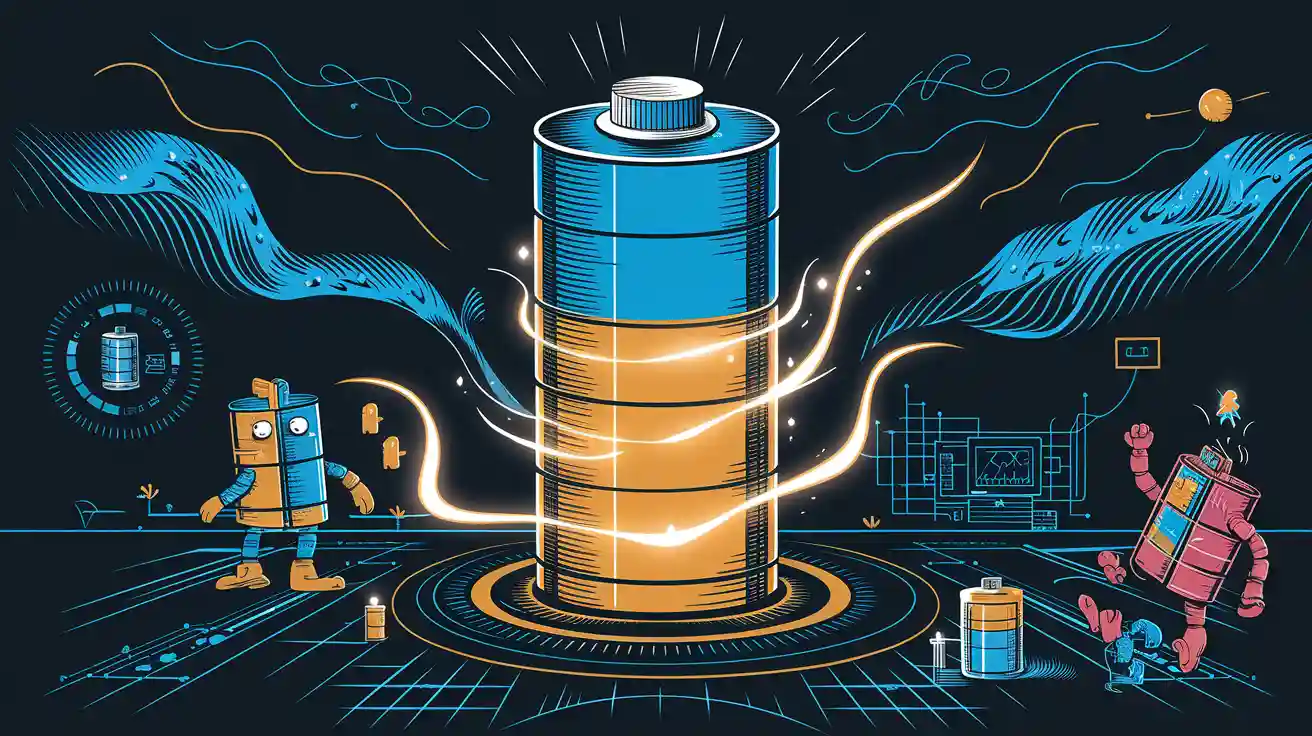
Innovations in Lithium battery technology are transforming the energy and transportation sectors. By 2030, advancements could push battery density to an impressive 600–800 Wh/kg, while costs are expected to decline to $32–$54 per kWh. The medical battery market, anticipated to grow at a CAGR of 6.48%, leverages lithium-ion’s high energy density and extended cycle life. Robotics and infrastructure industries also capitalize on these innovations to enhance efficiency and scalability. Explore custom solutions here.
Key Takeaways
Lithium batteries are improving quickly. By 2030, costs may drop to $32–$54 per kWh, making storing energy cheaper.
Solid-state batteries are safer and work better for electric cars. They can go farther and charge faster, changing the EV market.
Sodium-ion batteries are cheaper than lithium-ion ones. They are great for storing lots of energy at a lower cost.
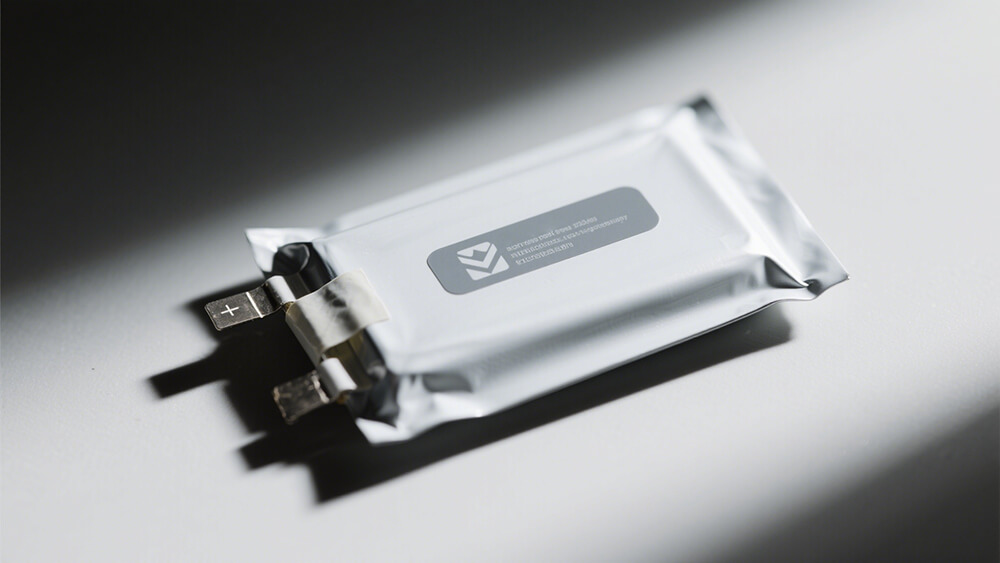
Part 1: The Current Landscape of Lithium Battery Technology in 2025
1.1 Market Trends Driving Innovations in Lithium Battery
The global battery market is experiencing unprecedented growth, driven by the increasing demand for electric mobility and renewable energy solutions. By 2030, it is projected to reach $423.9 billion, reflecting the rapid adoption of advanced battery technologies. Over 7 million electric vehicles (EVs) were sold in the first half of 2024, marking a 25% increase compared to the previous year. This surge highlights the critical role of innovations in lithium battery development. By the end of 2025, an estimated 85 million EVs will be on the road globally, further emphasizing the need for efficient battery storage solutions. Additionally, the lithium-ion battery cell market is expected to exceed $400 billion by 2035, with EVs serving as the primary driver of this growth.
1.2 Challenges in Existing Lithium Battery Solutions
Despite significant advancements in battery technologies, challenges persist. Traditional electrolytes in lithium-ion batteries often react with lithium metal anodes, leading to performance degradation over time. This issue becomes more pronounced as the demand for higher energy density batteries increases. Another critical challenge is the formation of lithium dendrites during charging, which poses safety risks and reduces the lifespan of batteries. Addressing these issues is essential for ensuring the reliability and safety of future battery storage systems.
1.3 Regulatory and Investment Impacts on Battery Development
Regulatory frameworks and investments play a pivotal role in shaping the trajectory of battery technology. Governments worldwide are implementing policies to promote sustainable energy solutions, including subsidies for EVs and incentives for battery recycling initiatives. These measures encourage manufacturers to prioritize eco-friendly practices and invest in research and development. Simultaneously, private sector investments in battery innovations have surged, fostering advancements in battery technologies that align with global sustainability goals.

Part 2: Breakthrough Innovations in Lithium Battery Technology
2.1 Solid-State Batteries: The Future of EV Batteries
Solid-state batteries represent a transformative leap in energy storage, particularly for electric vehicles (EVs). Unlike traditional lithium-ion batteries, these batteries utilize solid electrolytes, which eliminate the risks associated with flammable liquid electrolytes. This innovation enhances safety and paves the way for higher energy density and better performance.
Key Advantages of Solid-State Batteries:
Increased energy density, enabling EVs to achieve a longer range.
Reduced weight by 30-40%, contributing to vehicle efficiency.
Extended lifespan, with over 15 years of longevity and 90% capacity retention after 1,000 cycles.
Faster charging speeds, achieving 60-80% charge in just 15 minutes.
The adoption of solid-state batteries is expected to redefine the future of EV batteries, supporting decarbonization efforts and advancing renewable energy storage solutions. As gigafactories scale up production, these batteries will become more accessible, driving sustainability in the transportation sector.
2.2 Lithium-Sulfur Batteries: High Energy Density for Industrial Applications
Lithium-sulfur batteries are emerging as a game-changer for industrial applications, offering a fivefold increase in capacity compared to conventional lithium-ion batteries. This higher energy density makes them ideal for sectors requiring lightweight and efficient power solutions, such as robotics and medical devices.
Market Growth and Potential:
The lithium-sulfur battery market is projected to grow from USD 1.3 billion in 2024 to USD 11.3 billion by 2033, with a CAGR of 26.76%.
These batteries utilize elemental sulfur, reducing reliance on metal-rich cathodes and contributing to sustainability.
Recent research highlights significant advancements, such as the use of a corn protein-based protective barrier, which has improved charge retention over 500 cycles. This innovation underscores the potential of lithium-sulfur batteries to deliver better performance and reliability for industrial applications. Explore custom solutions here.
2.3 Sodium-Ion Batteries: Affordable Solutions for Energy Storage
Sodium-ion batteries are gaining traction as a cost-effective alternative to lithium-ion batteries, particularly for renewable energy storage. These batteries leverage abundant sodium resources, reducing production costs and ensuring affordability.
With a 20-30% cost advantage over lithium-ion batteries, sodium-ion technology is poised to revolutionize energy storage systems. Its affordability and scalability make it a viable solution for large-scale applications, including infrastructure and renewable energy projects. Learn more about energy storage solutions.
2.4 Silicon Anode Technologies: Enhancing Battery Efficiency
Silicon anode technologies are redefining battery performance by replacing traditional graphite anodes with silicon. This material offers a theoretical charge capacity ten times greater than graphite, significantly enhancing energy density and efficiency.
Material | Theoretical Charge Capacity | Impact on Performance |
|---|---|---|
Silicon | 10 times that of graphite | Enhances battery performance and efficiency, increases EV range, reduces charge times, and extends battery life. |
Graphite | Baseline | Standard performance metrics. |
Innovations such as engineered solid electrolyte interphase (SEI) and nanoparticle silicon have addressed challenges like volume expansion, ensuring durability and reliability. These advancements enable batteries to support longer ranges, faster charging, and extended lifespans, making them indispensable for EVs and consumer electronics.

Part 3: Sustainability and Eco-Friendly Practices in Lithium Battery Development
3.1 Advanced Recycling Technologies for Lithium Batteries
Recycling technologies are evolving to address the growing demand for sustainable lithium battery solutions. As of 2025, recycling facilities have a capacity of approximately 1.6 million tons annually. This figure is expected to surpass 3 million tons with the addition of planned facilities. The lithium-ion battery recycling segment is projected to grow at a CAGR of 21% from 2023 to 2030, driven by the need to recycle over 11 million metric tons of used batteries by 2030.
Advanced recycling methods, such as hydrometallurgical and direct recycling, recover critical materials like lithium, cobalt, and nickel with high efficiency. These innovations reduce the environmental impact of mining and support the circular economy. By adopting these technologies, industries can minimize waste and ensure a steady supply of raw materials for future production. Explore custom recycling solutions here.
3.2 Second-Life Applications in Robotics and Consumer Electronics
Second-life batteries offer a cost-effective and sustainable alternative for various applications, including robotics and consumer electronics. These batteries, repurposed from EVs or industrial systems, retain sufficient capacity for less demanding uses.
Metric | Value |
|---|---|
Market Growth (CAGR) | 28.4% for 2025-2035 |
Market Forecast Period | 2022-2035 |
Applications | BESS, telecom backup power |
Comparison Metric | Second-life Batteries | First-life Batteries |
|---|---|---|
Cost (US$/kWh) | Lower | Higher |
Energy Density | Comparable | Higher |
Cycle Life | Longer | Shorter |
Second-life batteries reduce costs while maintaining comparable energy density and extended cycle life. Their adoption in robotics enhances operational efficiency and reduces environmental impact. For consumer electronics, these batteries provide a reliable and affordable power source, contributing to sustainability.
3.3 Eco-Friendly Materials and Production for a Sustainable Future
The production of lithium-ion batteries has significant environmental implications. Mining and processing minerals account for 40% of the climate impact, while lithium extraction in regions like Chile depletes up to 65% of local water resources. Additionally, 98.3% of lithium-ion batteries end up in landfills, posing risks of toxic leaks into soil and groundwater.
To mitigate these issues, manufacturers are exploring eco-friendly materials and production methods. Innovations include using recycled metals, reducing reliance on virgin resources, and adopting renewable energy in manufacturing processes. These practices lower greenhouse gas emissions and minimize the ecological footprint of battery production. By prioritizing sustainability, industries can align with global environmental goals and ensure long-term viability.
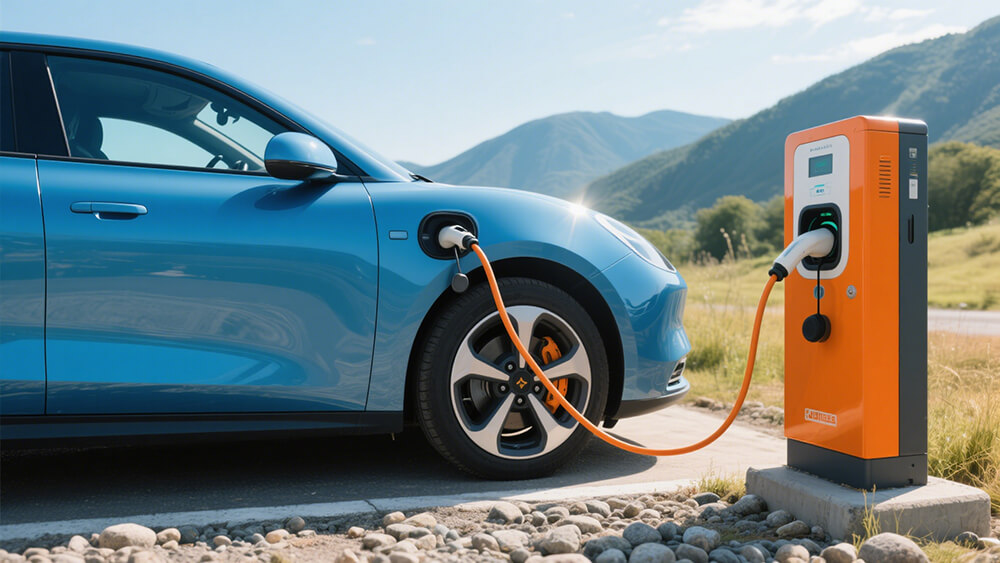
Part 4: Industry Impacts of Lithium Battery Innovations
4.1 Transforming Electric Vehicle Technology and Infrastructure
Lithium battery innovations are revolutionizing electric vehicle technology and reshaping the supporting infrastructure. These advancements have significantly enhanced the performance, affordability, and accessibility of electric vehicles, driving their adoption globally. The development of high-energy-density batteries has extended the range of electric cars, addressing one of the primary concerns of potential buyers—range anxiety. Additionally, ultra-fast chargers now enable you to recharge batteries to 80% capacity in under 15 minutes, making EVs more convenient for daily use.
Key Innovations Driving Change
Innovation Type | Description |
|---|---|
Primary Sourcing Improvements | Enhanced techniques for sourcing battery materials, improving efficiency and sustainability. |
Direct Lithium Extraction (DLE) | A method that increases lithium recovery rates while reducing environmental impact. |
High-Voltage Pulse Technology | Selectively breaks mineralized ores, improving energy efficiency in mining. |
EC-Leach Recycling Technology | Uses fewer chemicals and lower temperatures to recycle lithium-ion batteries. |
Battery Manufacturing Excellence | Software solutions that optimize gigafactory operations, reducing waste and improving production efficiency. |
These innovations not only improve the efficiency of electric vehicle battery technology but also reduce the environmental footprint of production and recycling processes. As a result, the battery market is better equipped to meet the growing demand for zero-emission vehicles.
Statistical Trends in EV Adoption
Continuous advancements in battery technology have made electric vehicles more affordable and efficient.
Longer driving ranges and ultra-fast chargers have alleviated consumer concerns about range and charging times.
The expansion of charging infrastructure has further boosted consumer confidence in electric vehicle technology.
These trends highlight the transformative impact of lithium battery innovations on the EV industry, paving the way for a sustainable transportation future.
4.2 Revolutionizing Renewable Energy Storage Solutions
Lithium battery advancements are playing a pivotal role in revolutionizing renewable energy storage systems. By enabling efficient energy storage, these batteries address the intermittent nature of renewable energy sources like solar and wind. This capability ensures a stable and reliable energy supply, even during periods of low generation.
Notable Projects and Their Impact
Project Location | Power (MW) | Capacity (MWh) | Year |
|---|---|---|---|
Laurel Mountain, NY | 32 | 8 | 2011 |
UK Pilot Project | 6 | 10 | N/A |
Tohoku, Japan | 40 | 20 | 2013 |
These projects demonstrate the scalability and effectiveness of lithium-ion batteries in large-scale energy storage applications. The integration of Battery Energy Storage Systems (BESS) with renewable energy sources has become increasingly common, enabling you to manage energy supply more effectively.
Market Growth and Future Potential
Statistic | Value |
|---|---|
Market Value (2024) | USD 15.4 Billion |
Forecast Revenue (2034) | USD 108.0 Billion |
CAGR (2025-2034) | 21.5% |
Lithium-ion Market Share | > 62.10% |
On-grid Systems Market Share | > 74.20% |
Utility Segment Market Share | > 52.10% |
Global Investments Growth in Renewable Energy Storage | 45% in the past two years |

The rapid growth of the battery market underscores its critical role in supporting renewable energy initiatives. By investing in advanced battery technologies, you can contribute to a more sustainable and resilient energy ecosystem.
4.3 Supporting Global Sustainability Goals Across Industries
Lithium battery innovations are instrumental in achieving global sustainability goals across various industries. From reducing carbon emissions to promoting circular economy practices, these advancements offer numerous environmental benefits.
Environmental Impact of Battery Production
Battery production generates approximately 40-60 kg of CO₂ per kWh of battery capacity.
Lithium-ion battery manufacturing contributes to 50-100 million metric tons of CO₂ emissions annually.
Up to 40% of an electric vehicle's total carbon footprint comes from its battery production.
By adopting sustainable manufacturing practices, you can reduce emissions by 30% through improved material efficiency. Hydrometallurgical recycling methods further lower CO₂ emissions by up to 70% compared to traditional mining. Transitioning to renewable energy for battery manufacturing could save over 100 million metric tons of CO₂ annually.
Industry-Specific Contributions
Medical Devices: Lithium batteries power critical medical equipment, ensuring reliability and efficiency.
Robotics: Second-life batteries enhance the operational efficiency of robots, reducing costs and environmental impact.
Infrastructure: Advanced batteries support the development of smart grids and sustainable transportation systems.
These contributions highlight the versatility and importance of lithium battery technology in driving sustainability across diverse sectors. By leveraging these innovations, industries can align with global environmental objectives and create a greener future. Explore custom solutions for your industry.
Lithium battery technology has transformed industries by driving efficiency, sustainability, and innovation. Prices have dropped from $140/kWh in 2020 to $100/kWh in 2023, with projections of $60/kWh by 2030. The energy storage market is expected to exceed $50 billion, while EV adoption will surpass 50% of new cars globally by 2030.
Metric | Value | Year/Projection |
|---|---|---|
Lithium-ion battery price | $140/kWh to $100/kWh | 2020 to 2023 |
Expected lithium-ion battery price | $60/kWh | 2030 |
EV battery demand increase | 10x | by 2030 |
Battery energy storage market | >$50 billion | by 2030 |
Battery recycling market | $45 billion | by 2030 |
Global EV adoption | >50% of new cars | by 2030 |
Continued innovation will address energy challenges and sustainability goals. You can expect lithium batteries to reshape industries like medical devices, robotics, and infrastructure, fostering a greener and more efficient future.
FAQ
1. What industries benefit most from lithium battery advancements?
Lithium batteries power critical sectors like medical, robotics, infrastructure, and industrial applications. Their efficiency and reliability drive innovation across these fields.
2. How do lithium batteries support renewable energy storage?
Lithium batteries enable efficient energy storage, stabilizing supply from solar and wind sources. They ensure reliability during low generation periods, advancing sustainability goals.
3. Why choose Large Power for custom lithium battery solutions?
Large Power offers tailored solutions for diverse industries, ensuring optimal performance and sustainability. Explore custom solutions here.
- Prev Article: NFPA 855 and Lithium Battery Fire Safety: A Practical Guide
- Next Article: A Comprehensive Review of Lithium Battery Risk Management
Leave Message
Hottest Categories
-
Hottest Industry News
-
Latest Industry News




